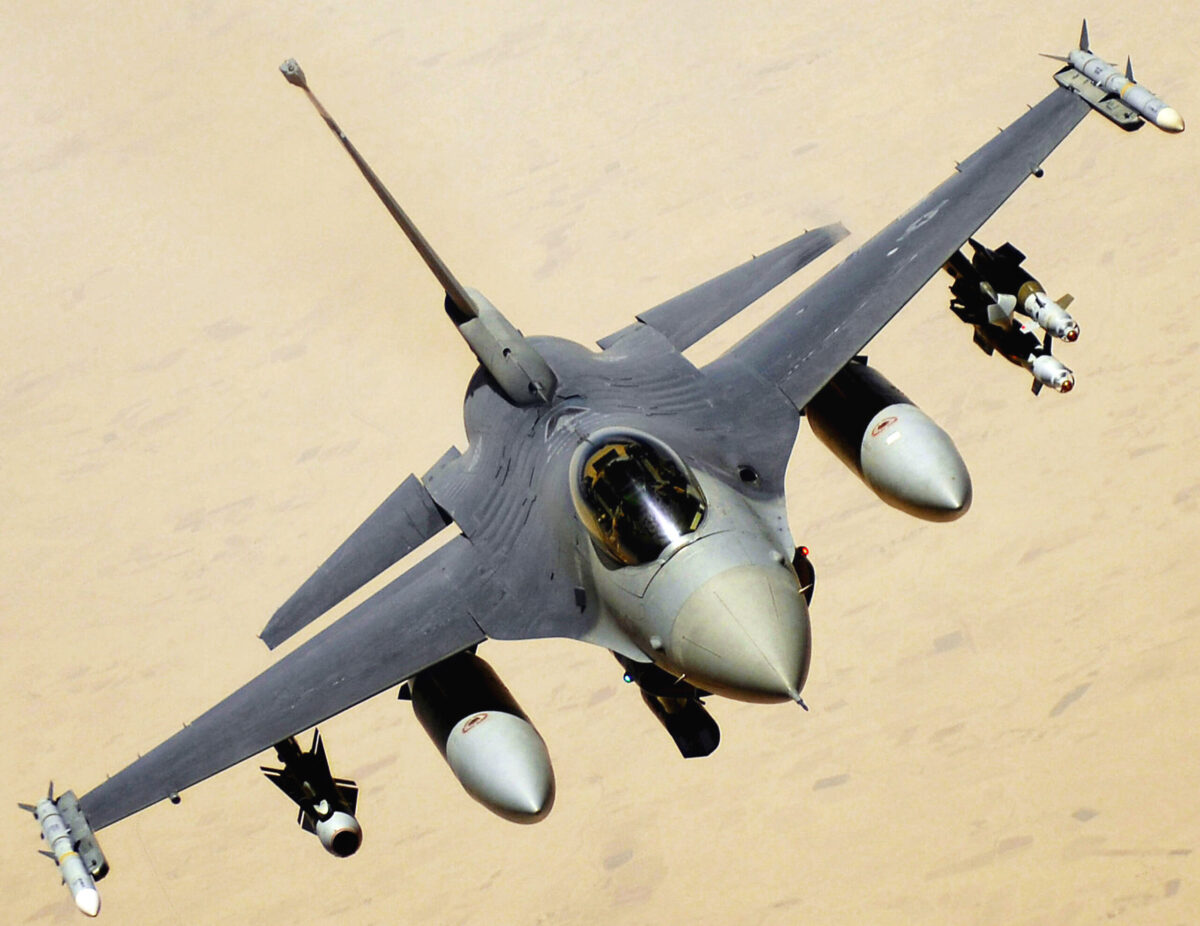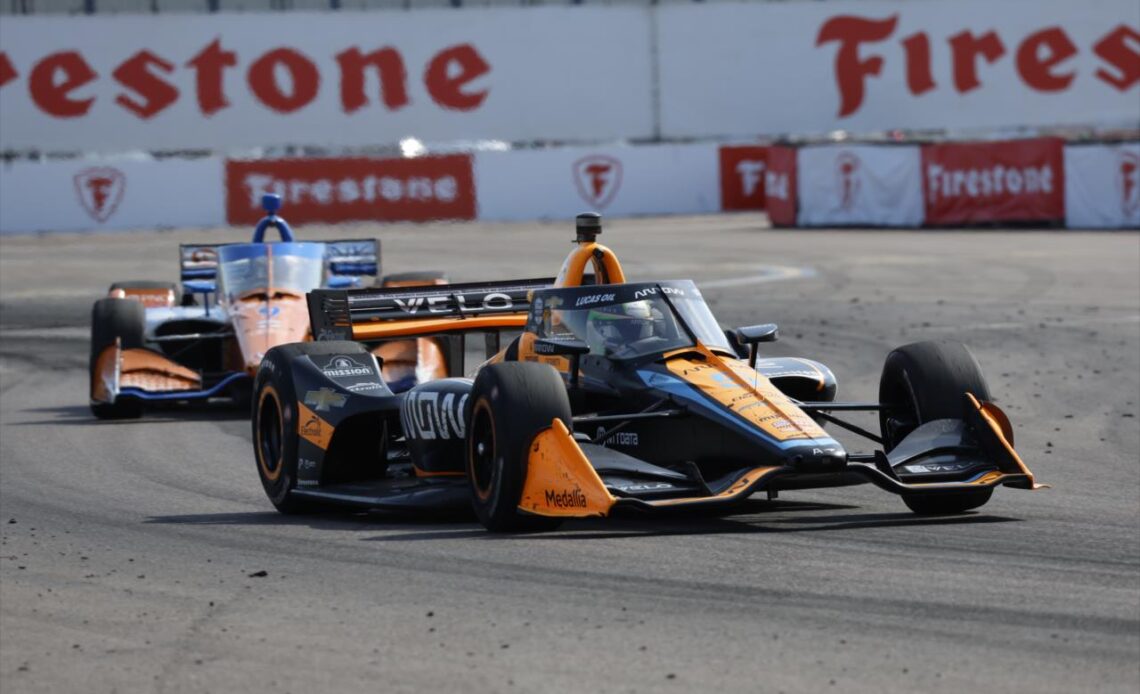Fighter jet pilots and NTT IndyCar racecar drivers have more in common than simply the need for speed. PPG impact-resistant transparencies protect both from being struck by flying objects.
Designed by Red Bull Advanced Technologies, the Aeroscreen consists of a PPG laminated polycarbonate windscreen attached to a titanium frame produced by Pankl of Austria, all intended to reduce the risk of driver injury from flying debris.
PPG delivered its first windscreen within eight months of engaging with IndyCar and Red Bull and supplied enough windscreens for the 2020 race series two months later. The windscreen officially debuted at the Genesys 300 in June 2020 at Texas Motor Speedway and performed as designed throughout the season.
Performance objective
PPG is the world’s leading producer of canopies and transparencies for military and commercial aircraft. PPG’s involvement with IndyCar stretches back to 2015 when a PPG executive was listening to a radio show on racecar driver protection. After a show participant remarked that racecars needed something like a fighter jet canopy to protect the drivers, an idea ignited. It was quickly apparent that the same design principles that protect air crews could protect racecar drivers.
PPG reached out to IndyCar, and the two organisations began laying the foundation for an impact-resistant windscreen using the same advanced polycarbonate lamination technology as on fighter jets. In 2019, when IndyCar selected Red Bull Advanced Technologies to design the entire Aeroscreen assembly, PPG was ready.
Click here to see more IndyCar content from Racecar Engineering
The windscreen’s performance objectives were clear. Foremost, it had to withstand debris flying at velocities exceeding 220mph. Protecting against an airborne 22lb (approx. 10kg) tyre and wheel assembly would be difficult on a practical level, but handling lighter, more common track debris was not.
The windscreen required superior optics with no distortion or waviness, which was challenging on such a highly contoured shape. The design also had to accommodate exterior tear-offs that could be removed during pit stops if dirty, as well as technology to prevent fog or condensation from forming on the windscreen’s interior surface during a race.
Adding to the project’s complexity was the need to rapidly design, manufacture and test the windscreen so it could be used throughout the entire IndyCar season.
Aerospace technology

From its earlier design and…
Click Here to Read the Full Original Article at Racecar Engineering…

